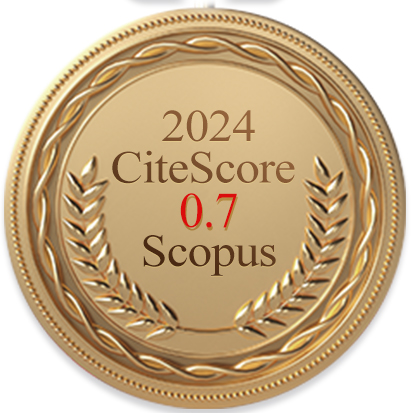The Khyndogny grape variety, indigenous to the Karabakh region of Azerbaijan, represents a vital component of the area’s viticultural heritage. Despite its historical and cultural significance, the cultivation and development of Khyndogny face numerous challenges. This study aims to comprehensively evaluate the morphological, biological, and technological characteristics of Khyndogny, with a particular focus on its enocarpological and enochemical properties, population structure, biotypic diversity, and clonal variations. Field and laboratory analyses were conducted, integrating morphological assessments, physicochemical evaluations, and comparative studies with the locally cultivated Madrasa and the globally recognized Cabernet Sauvignon varieties. Advanced analytical techniques were employed to quantify critical parameters such as sugar content, titratable acidity, and other factors influencing wine quality and yield potential. The findings reveal that Khyndogny outperforms both Madrasa and Cabernet Sauvignon across multiple quality metrics, achieving a superior overall evaluation score of 7.22, compared to 6.70 and 5.78, respectively. The variety’s high yield potential and suitability for premium winemaking were demonstrated, underscoring its value for sustainable viticulture and regional economic development. However, challenges related to genetic variability, environmental adaptation, and cultivation practices were identified, necessitating further research and innovation. This study contributes to a deeper understanding of grape biodiversity in Karabakh and provides actionable insights for the promotion of Khyndogny in both local and global wine markets. Limitations related to sample size and environmental variability were acknowledged, and future research directions were proposed, including long-term adaptation strategies, genetic improvement programs, and market expansion initiatives. By addressing these challenges, Khyndogny has the potential to emerge as a cornerstone of high-quality viticulture and a driver of economic growth in the region.

















